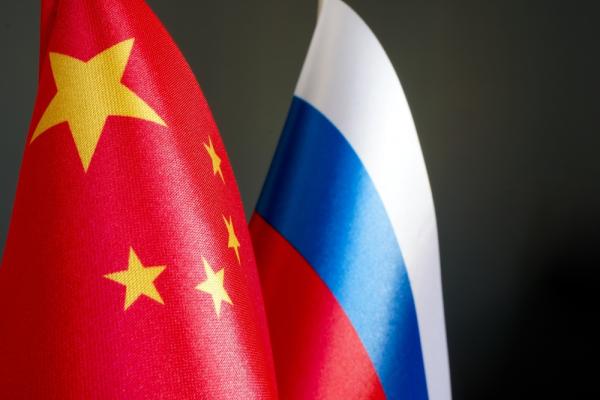Vitalii Vodolazskyi / Shutterstock

Michael Clarke, Adjunct Professor, Australia-China Relations Institute, University of Technology Sydney |
Note: This article appeared in The Interpreter on March 4 2025.
Amid all the noise about Donald Trump’s evident alignment with Vladimir Putin, his administration having now paused all US military aid to Ukraine, some sympathetic commentators have claimed that Trump’s conciliation with Russia is designed to engineer a ‘reverse Nixon’ by splitting Putin from his ‘no limits’ partner in Beijing.
This reasoning has also been voiced by US Secretary of State Marco Rubio. The Trump administration, Rubio asserts, believes that ‘having a situation where the Russians are permanently a junior partner to China, having to do whatever China says to do because they are dependent on them’ is ‘not a good outcome’ for either ‘Russia, the United States, Europe or the world’.
This however amounts to a geopolitical fantasy. The approach – if it is even such – is bereft not only of an understanding of the conditions that made Nixon’s opening to China possible, but also of the nature of the contemporary alignment between Moscow and Beijing.
The structural conditions that made Nixon’s opening to China possible – entrenched Sino-Soviet ideological division and military confrontation, China’s self-imposed isolation during the Cultural Revolution, and American desire to extricate itself from its war in Vietnam – are all absent today. Nixon’s approach was motivated by a broader ‘grand design’ that sought to link American strategy to the object of order-building in a system in which the roles of the United States and Soviet Union as the world’s superpowers would be balanced by (re)emergent poles of power in the Western Europe, Japan, and China.
Nixon’s gambit of ‘triangular diplomacy’, as his National Security Advisor Henry Kissinger later reflected, relied primarily on ‘the natural incentives and propensities of the players’ for success. Thus Nixon and Kissinger were able to simultaneously leverage Soviet desires for access to Western trade and technology and recognition by the United States of its pre-eminence in Eastern Europe to open détente with Moscow, while manipulating Chinese anxieties of the Soviet threat and potential for US-Soviet collusion against its interests to achieve Sino-US rapprochement.
In 2025 however the incentives and propensities of both Moscow and Beijing clearly work against a repetition of Nixon’s ‘triangular diplomacy’.
Putin and Xi Jinping, while not the outright ideological comrades in arms of their Sino-Soviet forebears, nonetheless are like-minded in believing the primacy of state sovereignty and the threat posed by ‘subversive’ Western liberal influences. Both seek tight central control over politics and society while striving to restore their countries’ great power status. Crucially, the United States is seen as the major threat to each leader’s capacity to attain these objectives.
This alignment of worldviews is also underpinned by a clear complementarity of security and economic interests. Russia has become both China’s fuel station and sole supplier of high-end military hardware, while China has become a major source of manufacturing imports and advanced technology. Sino-Russian military cooperation in turn – from joint military exercises, military-technical cooperation and personnel exchanges through to inter-military consultation and development of interoperability – has grown considerably over the past decade.
The alignment of worldview and interests has been further underscored by Xi’s 28 February meeting with Secretary of the Security Council of the Russian Federation, Sergei Shoigu, in Beijing. Here, Xi highlighted not only that China and Russia were ‘true friends who have been refined into steel’. Shoigu returned the favour by noting the relationship was at ‘an unprecedented high level’ of development based on the ‘common interests of both sides’.
The Sino-Russian alignment is thus seen by both parties as mutually beneficial and the Kissingerial ‘natural incentives and propensities’ of both Moscow and Beijing arguably point to more and not less cooperation ahead.
So those promoting the idea that the Trump administration is pursuing the ‘reverse Nixon’ are either simply searching for an excuse for the administration’s pivot to Putin or indulging in ungrounded geopolitical capering.
Author
Professor Michael Clarke is an Adjunct Professor at the Australia-China Relations Institute at the University of Technology Sydney.


